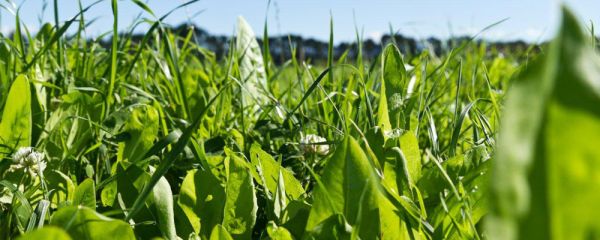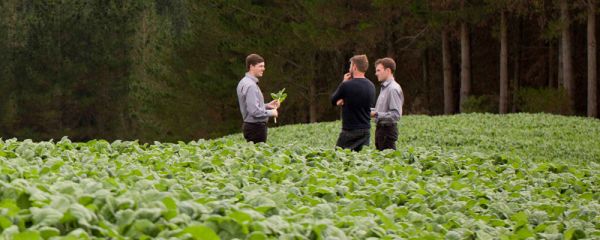Guidelines for Best Practice
The successful establishment of forage seed is dependent on good planning and management. Some key aspects to address prior to and after planting include soil fertility, weed control, seedbed preparation and pest management.
There can be large variations in specific pest populations across seasons, regions and even within different paddocks on farm.
There are generally no ‘silver bullet’ solutions associated with pest management. The best approach is to implement a programme that utilises different pest management tools, such as seed treatment, ‘broad acre’ spray application, slug-bait application and novel endophytes (e.g. AR1 or AR37) in pasture.
Pest Management Under No-Tillage
Under a no-tillage system the pest burden can be very high due to the existing plant matter acting as a host for insects, therefore good pest management practices are critical. Applying contact insecticide with the last glyphosate spray will reduce the adult populations of pests, such as Argentine Stem Weevil and springtail. Sowing treated seed will protect the pasture or forage crop against eggs, larvae and adults that are present at the seedling stage. Slug bait should be applied if there is a risk of slug damage to seedlings.
Pest Management under Cultivation
With intensive farming systems the time frame from cultivation to sowing is generally quite short, therefore it is good practice to apply a contact insecticide if an old pasture is being sprayed out prior to cultivation to help reduce the pest burden. Cultivation can help reduce populations of soil dwelling pests such as grass grub. Sowing treated seed will protect the pasture or forage crop against insect pests that are present at the seedling stage.
Seed Drilling
The application of chemicals on-seed can change the flow rate of seed through a drill, so it is important to calibrate the planting equipment before sowing. The optimal sowing depth for forage seed ranges between 10-25 mm below the soil surface, depending on the species. Treated seed should be sown into a fine, firm and moist seedbed.
Pollinators
Be aware of the presence of bee hives or crops in the flowering stage adjacent to the field which could attract pollinators during planting.
Post-Sowing
Newly sown pastures and forage crops need to be regularly monitored in the first few weeks after sowing and if necessary an application of contact insecticide may be required if pest populations are high.
Agricultural Chemicals
All agricultural chemicals registered in New Zealand, including seed applied chemicals, are rigorously assessed and have ACVM and HSNO/EPA controls applied to ensure they do not present unacceptable risk to humans, animals, bird life or the environment.

See our range
VIEW PRODUCTS
